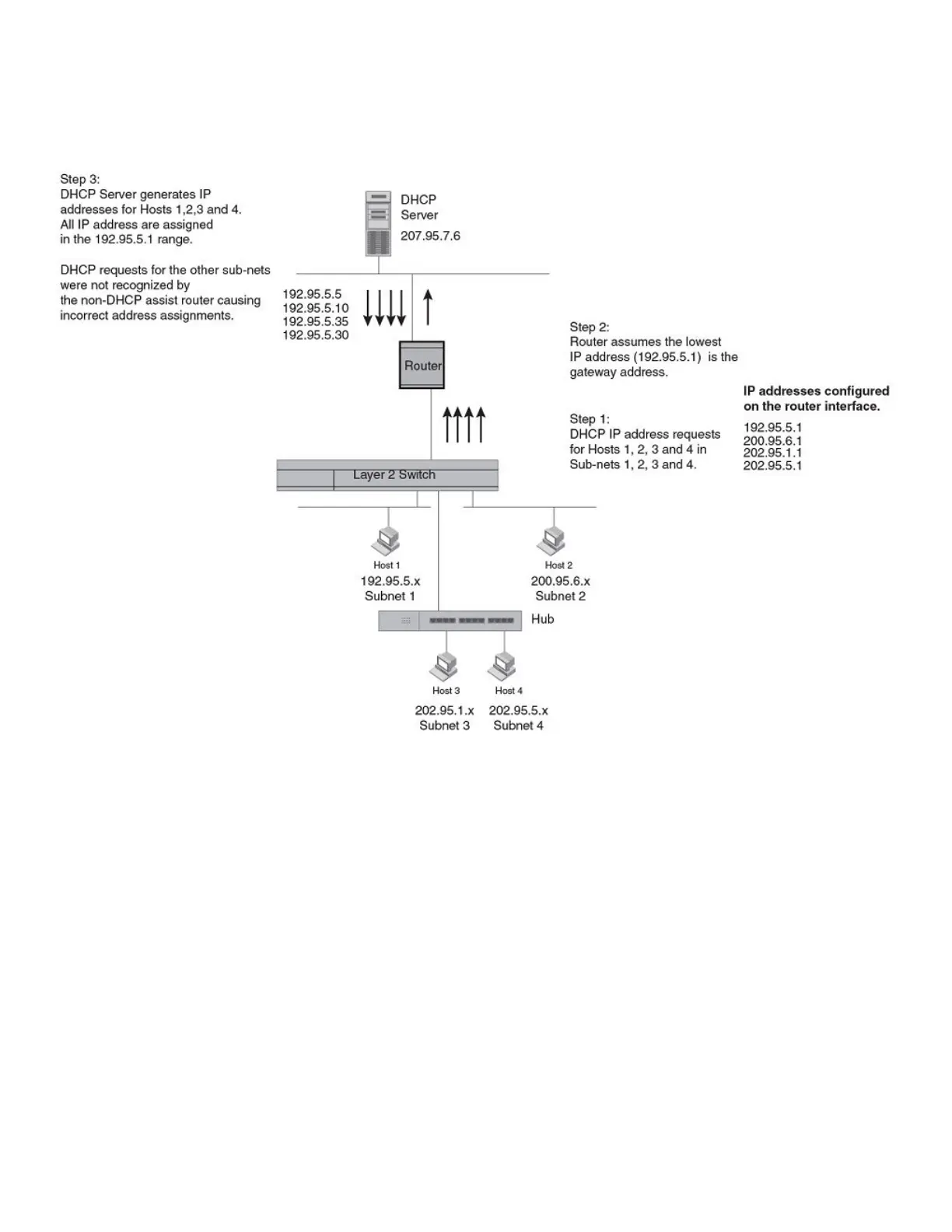FIGURE 10 DHCP requests in a network without DHCP Assist on the Layer 2 switch
In a network operating without DHCP Assist, hosts can be assigned IP addresses from the wrong subnet range because a router with
multiple subnets congured on an interface cannot distinguish among DHCP discovery packets received from dierent subnets.
In the example depicted, a host from each of the four subnets supported on a Layer 2 switch requests an IP address from the DHCP
server. These requests are sent transparently to the router. Because the router is unable to determine the origin of each packet by subnet,
it assumes the lowest IP address or the "primary address" is the gateway for all ports on the Layer 2 switch and stamps the request with
that address.
When the DHCP request is received at the server, it assigns all IP addresses within that range only.
With DHCP Assist enabled on a Brocade Layer 2 switch, correct assignments are made because the Layer 2 switch provides the
stamping service.
How DHCP Assist works
Upon initiation of a DHCP session, the client sends out a DHCP discovery packet for an address from the DHCP server. When the
DHCP discovery packet is received at a Brocade Layer 2 switch with the DHCP Assist feature enabled, the gateway address
congured
on the receiving interface is inserted into the packet. This address insertion is also referred to as stamping.
Conguring IP parameters - Layer 2 switches
FastIron Ethernet Switch Layer 3 Routing
53-1003627-04 99

